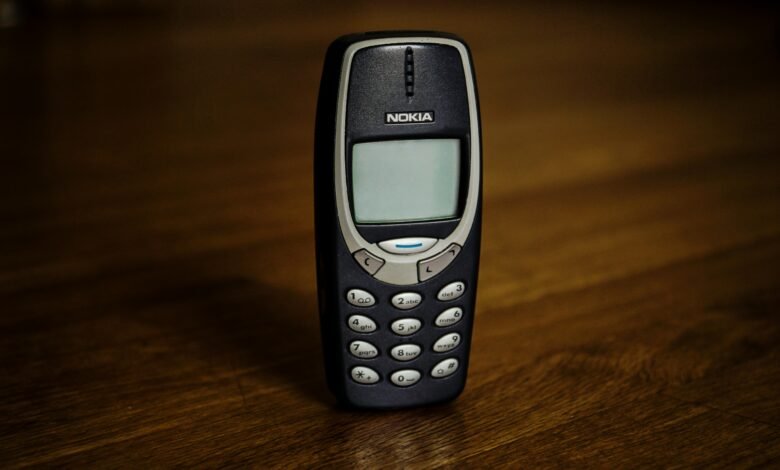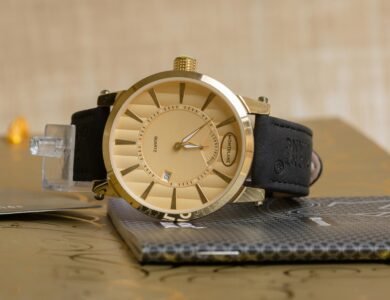The Ultimate Guide to the Classic 6600 Nokia Phone

Once upon a time, in the era before touchscreen smartphones, there existed a device that was a true trailblazer. This phone was a symbol of robust design and reliable communication. It was the Nokia 6600—a phone that echoed the ethos of Nokia’s dominance in the mobile phone industry during the early 2000s. Its design was as distinctive as the device itself, and it’s not an exaggeration to say that the Nokia 6600 was a cultural icon for its time.
Introduction to the Nokia 6600
The Nokia 6600 was released in 2003, and it quickly became a badge of honor for the technologically savvy. It was the first Symbian Series 60 device to be introduced in a ‘candy bar’ form factor, moving away from the ‘brick’ design of earlier mobile phones. The phone was a significant upgrade to its predecessor, the Nokia 3650, with enhanced features and a more compact and user-friendly design.
Its release underscored Nokia’s commitment to innovative mobile technology, and the 6600 was a practical demonstration of just how powerful a personal communication device could be. Its impact was profound, influencing the industry’s next steps in smartphone development.
Design and Features
The Nokia 6600 was immediately recognizable for its oval shape and large, vibrant color display. The design was ahead of its time, introducing a feature that we now take for granted—the integrated camera. The 6600’s keypad was designed with large keys that were still comfortable for one-hand operation.
When it came to features, the Nokia 6600 was not just about making calls and sending texts. It was loaded with an operating system (Symbian OS v7.0s) that allowed for a range of third-party applications, expanding its functionality to include email, web browsing, and gaming.
User Experience
For many, the Nokia 6600 brings back a flood of memories. It was the first phone for some, and for others, it was a loyal companion that withstood the test of time. Its user interface, while simple by today’s standards, was elegant and efficient, making it a fan-favorite for tech enthusiasts and the general public alike. Users reveled in the phone’s ability to personalize tones, wallpaper, and even custom ‘hotkey’ shortcuts.
Online communities of fans continue to share stories about their love for this classic device, celebrating it as the embodiment of Nokia’s heyday.
Technical Specifications
Engineered for Performance
Under the hood, the Nokia 6600 was no slouch. It packed a 104 MHz processor, which at the time was a beastly configuration. While it may sound modest compared to today’s standards, the Nokia 6600’s performance was top-notch for running applications and games of its era.
Display and Imaging
It featured a dazzling 2.1-inch 65K color TFT display, offering crisp visuals that were a revelation in the world of mobile phones. The integrated camera, with a maximum resolution of 640×480 pixels, was more than a novelty, but an early sign of the camera’s importance in mobile technology.
Accessories and Customizations
The Nokia 6600 was a style statement. It was not merely a phone; it was an extension of the user’s personality. A variety of accessories such as personalized and protective covers, additional lenses for the camera, and even a fold-out QWERTY keyboard allowed users to tailor their phone to their tastes and needs.
Customization Options Galore
This phone had one of the most customizable operating systems, Symbian, with a healthy ecosystem of apps, themes, and wallpapers, opening up a world of personalization. Furthermore, the 6600 allowed for polyphonic ringtones, and users could set MP3s as ringtones through transcoding. It was the ultimate creative outlet for users to make their devices unique.
Maintenance and Troubleshooting
The Nokia 6600 was renowned for its durability. However, over time, it wasn’t impervious to technical issues. Users encountered problems such as slow performance, battery life deterioration, and software glitches. The vibrant user community that still exists around this phone provides a repository of knowledge and solutions for those encountering issues today.
Keeping Your 6600 in Top Shape
Maintenance of the Nokia 6600 was relatively straightforward. Regular cleaning of the keypad and display, ensuring the software was updated, and changing the battery when required were the primary tasks to maintaining optimal performance.
Conclusion
The Nokia 6600 holds a special place in the hearts of millions. It was a device that not only connected people but also allowed them to express themselves in unique ways. With its robust build quality, user-friendly design, and advanced features, the Nokia 6600 was a groundbreaking phone that helped define a significant era in mobile technology.
Despite the leaps in innovation since its release, the Nokia 6600 remains an indispensable part of the smartphone’s evolutionary history. It serves as a reminder of a time when communication devices were not just about the specifications, but the experiences they were able to provide their users.
For those who were part of the Nokia 6600 era, it’s a symbol of simpler times and the excitement of being at the forefront of mobile technology. For the newer generation, it stands as a testament to the roots of the smartphones they use today. Whether you’ve owned one, heard about one, or come across its legacy, the Nokia 6600 continues to resonate, reminding us all why it remains a classic in our digital world.



